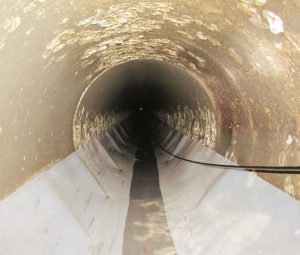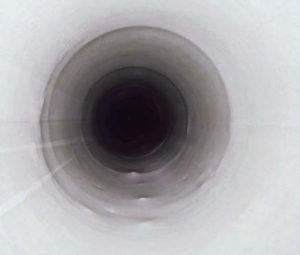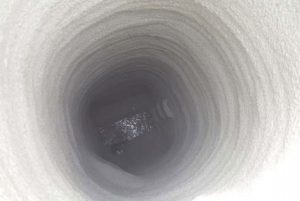DENVER — July 17, 2018 — Taiwan’s leading textile brands will showcase the latest trends in sustainable textile and performance fabrics at the Outdoor Retailer Summer Market in Denver, Colo., Room 303, on Monday, July 23 at 2 p.m. MST/4 p.m. EST.
“We have worked with Taiwan’s leading textile manufacturers to provide retailers the best in the industry and to meet the needs for their performance gear,” said Jessica Lin, director of Taiwan Trade Center, Los Angeles. “We are excited to share how these products are not only cutting edge, but are ecofriendly and sustainable.”
Some of the key discussion points at the event include new sustainable textiles and performance fabrics, and the hottest industry trends, such as:
- The latest trends in eco-textiles and performance fabrics;
- Evaporative cooling and thermo regulation of wool blends for performance enhancement;
- Reduce your carbon footprint by choosing the right fabric; and
- Sustainable and functional natural-fiber blended fabric collection.
Taiwan’s competitive advantage in functional, environmental and smart fabrics includes strong development and integration abilities for functional artificial fibers, and an excellent ability to provide a wide variety of differentiated and customized fabrics in small quantities. It also includes low pollution and energy consumption in the production process, innovative technologies in its semiconductor and biomedical industries, electronic components, and cross-industry integration.
The following speakers will present welcome remarks and provide guests with the vision for Taiwan’s textile industry including:
- Jessica Lin, director, Taiwan Trade Center, Los Angeles;
- Jerry Chang, director General, Taipei Economic and Cultural Office, Denver;
- David Wang, director, Taipei Economic & Cultural Office in Los Angeles;
- Tony P. Yeh, managing director, Evertex Fabrinology Ltd.;
- Chris Chiang, senior manager, SINGTEX® Industrial Co., Ltd.;
- John Strasburger, president, Tex-Ray Industrial Co., Ltd.; and
- Richard Yu, marketing manager, Toung Loong Textile Mfg. Co., Ltd.
Taiwan’s leading textile manufacturers below will be presenting new products including:
Evertex Fabrinology Ltd., founded in 1986, is dedicated to producing highly technical knit fabrics with heavy emphasis on durability, performance and comfort for the outdoor enthusiasts during extreme excursions. Evertex has always shown a strong passion for exploring the wonders of nature and whether it is hiking, rock-climbing, skiing, canoeing or even clean up campaigns along the beach or riverside, they remain fully committed towards the enjoyment and well-being of our natural environment.
Singtex Industrial Company Ltd., provides ecofriendly functional textiles in Taiwan. Since its establishment in 1989, Singtex has invested in innovative R&D to become a sustainable supplier of ecofriendly textiles to international clothing brands. In addition to winning Taiwan Excellence awards, Singtex was also named a Top 100 Taiwan Brand, winner of the Taiwan Mittelstand Award and numerous international accolades.
Tex-Ray Industrial Co. Ltd., has integrated yarn dyeing, fabric and garment production. Established in 1978, Tex-Ray manufacturing is based across Asia, Africa and North America, with sales and service centers in Taipei, Shanghai, New York and Los Angeles. TexRay has been developing innovative products to satisfy various climates, functions, and environmental protections, actively establishing continuous production from fabric to clothing, and adjusting the operational structure of the global layout.
Toung Loong Textile Mfg. Co., founded in 1960, Toung Loong has contributed to the global textile industry by developing and producing functional synthetic Yarn Dye, ATY, DTY and high-end sewing thread. By collaborating with international premium raw material and machine manufacturers and adopting advanced technologies, Toung Loong Textile MFG. produces various functional yarns that satisfy the demand of innovations of the global textile industry.
According to estimates of the Taiwan Textile Research Institute’s ITIS research team (April 2017), the output value (including overseas production) of Taiwan’s functional fabrics accounted for roughly 50 percent of the global output value of functional fabrics, making Taiwan the world’s largest functional fabric production base.
Posted July 18, 2018
Source: Taiwan External Trade Development Council (TAITRA)








